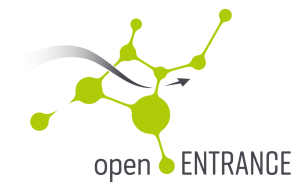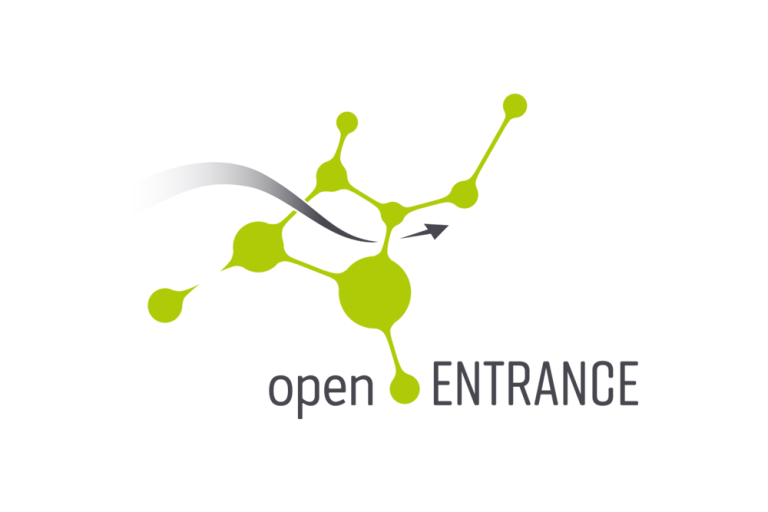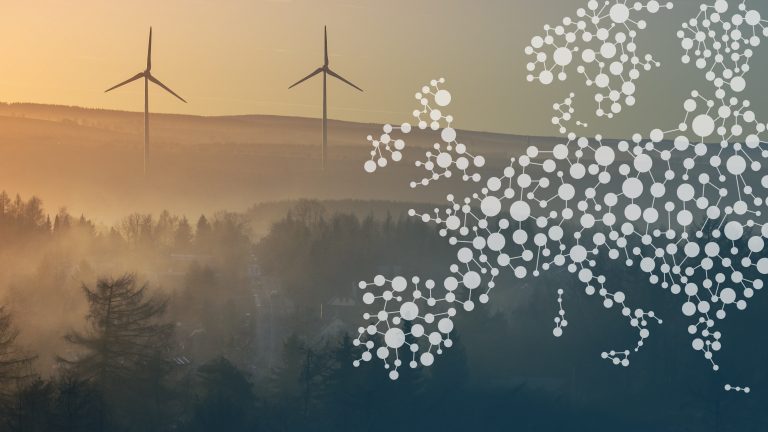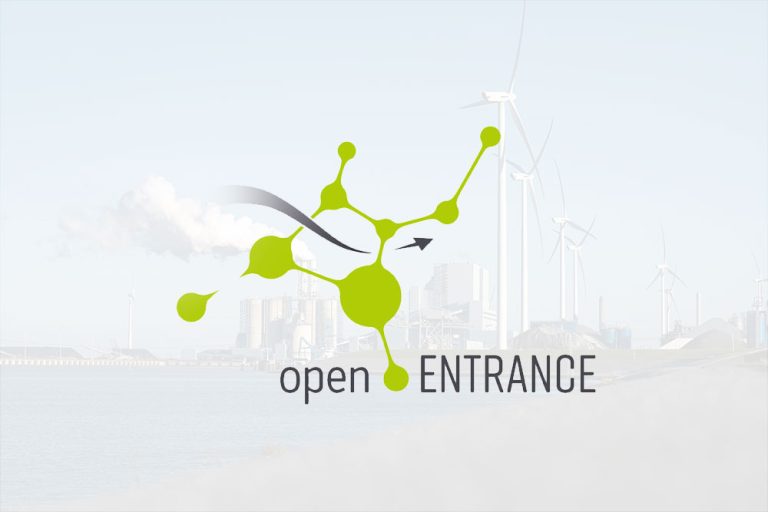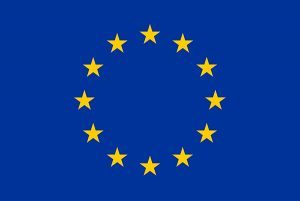On Friday 2 June 2023, the final conference in the Horizon 2020 project openENTRANCE took place online. The aim of openENTRANCE has been to develop, apply and disseminate an open and transparent energy system modelling platform, designed to analyse low emission pathways for the European energy system. The project started in 2019 and will conclude at the end of June this year.
The final conference presented results from analyses, and The Open energy system Platform were presented. The results show that the current EU climate ambitions are too weak to reach the 1.5°C target set by the Paris Agreement. To reach that target, the energy system must be decarbonised by as soon as 2040, with large efforts already in the coming years. The analyses also show that delaying the action will only make it more expensive. On average, the three 1.5° scenarios analysed were 5% more expensive than a 2°C scenario also analysed in the project, representing roughly €580 billion in additional costs. However, emissions saved are roughly 30%, or 14.5 Gt CO2. If we consider the environmental and social costs of carbon, this would mean an avoided welfare loss of over €2.5 trillion. This means that every Euro spent is equivalent to five Euros of avoided damages.
The macro-economic impacts of decarbonising Europe were also presented. The total gross domestic product (GDP) will not change significantly from what it would be if the present development and policies continued as they are. However, the composition of the economy must change significantly. Namely, sectors that produce clean energy products should grow, while sectors that produce fossil-based energy carriers should significantly decrease. In addition, the transition towards a circular economy increases the demand for service-as-a-product. This efficient use of products requires less production and gives a boost to the leasing (i.e. service) sector. Correspondingly, the present manufacturing share must be reduced. As a second order effect, leasing sectors require less energy in their production process than manufacturing sectors.
The Open Energy System Modelling Platform developed in openENTRANCE was also presented in the final conference. The platform is available on Open Energy Models website. It features open scientific models, very large data sets for each European country, a data format for exchanging data between models, links between models, and a scenario explorer for storing and visualising results.
The results from openENTRANCE will be further developed in at least 15 new projects and initiatives. One of the follow-up projects is the Horizon Europe project OpenMod4Africa. This project will develop an open energy system modelling platform for Africa and develop knowledge among African academic experts on how to use and develop the platform for their own region.
You can watch the recording of the final conference here (YouTube)

